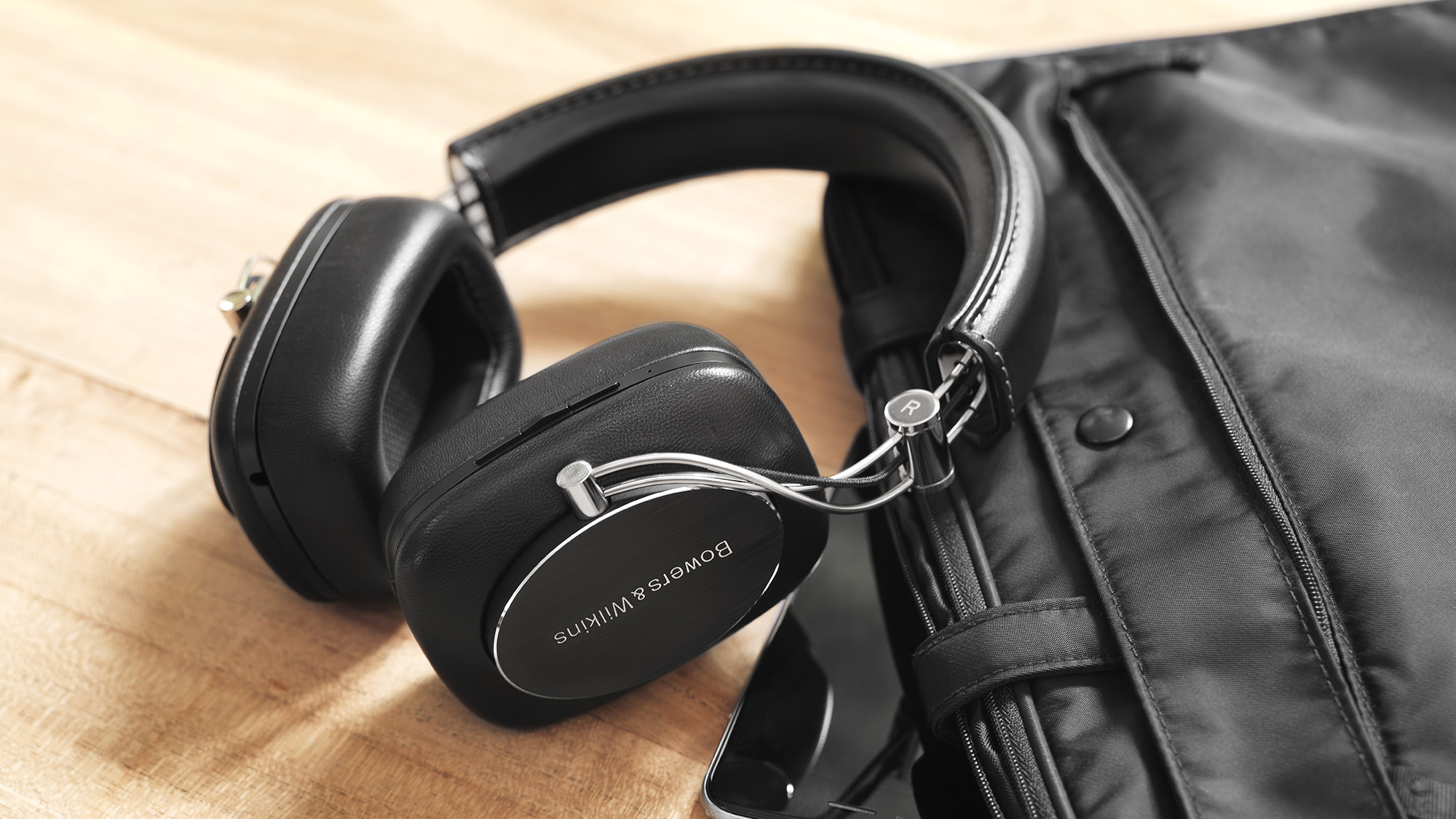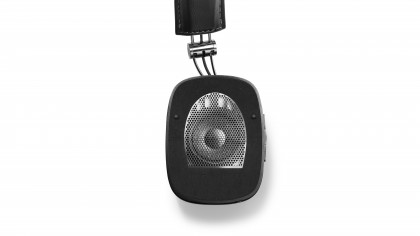Bowers and Wilkins is cutting the cord on its over-ear headphones
Premium wireless sound

After taking its on-ear headphones, the P5, wireless last year, Bowers and Wilkins are continuing the trend with the P7 Wireless, a bluetooth-enabled version of the company's over-ear model.
The P7 Wireless are equipped with AptX Bluetooth which offers an increased level of audio quality over standard Bluetooth, although unfortunately they don't feature NFC technology for easy pairing.
The drivers themselves consist of an aluminum voice coil, which makes them lighter than the industry standard copper voice coils, and damping material inside the speaker enclosure is included to attempt to reduce distortion.
Wireless or wired configurations
B&W are promising 17 hours of audio playback from the P7 Wireless, and a 2.5mm jack is available if you want to listen to the headphones with wires, like someone from the Stone Age.
The attachment method for the audio cable is pretty unique. It requires you to remove one of the magnetic ear cushions in order to plug it in, which not only means that the cable then looks non-detachable, but also should ensure that it can't fall out.

The ear-cushions themselves are made of a memory-foam material which B&W claim offers decent passive noise-isolation, although obviously not on the level of a pair of active noise-cancelling headphones.
Charging duties are handled through micro-USB and the B&W P7's remote is a standard three-button affair like those seen on in-line remotes.
Sign up for breaking news, reviews, opinion, top tech deals, and more.
The Bowers & Wilkins P7 wireless are available worldwide from today for $399.99 / £319.99 with an Australian price point yet to be confirmed. The launch has been accompanied by a reduction in price of the original wired P7 to $349.99 / £279.99 (again, AU pricing to be confirmed).
We'll have a full Bowers and Wilkins P7 Wireless review available on the site soon.
- Check out our list of beats headphones.

Jon Porter is the ex-Home Technology Writer for TechRadar. He has also previously written for Practical Photoshop, Trusted Reviews, Inside Higher Ed, Al Bawaba, Gizmodo UK, Genetic Literacy Project, Via Satellite, Real Homes and Plant Services Magazine, and you can now find him writing for The Verge.